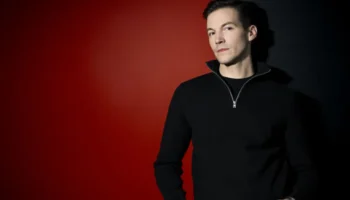The second esctoday.com TOP TEN list concludes with the place no. 1 being announced. As announced on Saturday, this week's topic are the TOP TEN innovations that changed Eurovision.
Innovations in the rules and innovations in the production of the Eurovision Song Contest could qualify for the list if they changed the competition in one of the following aspects:
- The way the contest is seen by the general public
- The way the contest is seen by fans
- The popularity of the contest
- The outward appearance
- The addition of elements that helped making the contest a "cult event"
We continue:
No. 1: Open voting (1957)
The first Eurovision Song Contest was held on 24th May 1956 in Lugano. Seven countries competed (each of them with two songs) and at the end of the show the winner was announced: Switzerland with Refrain, performed by Lys Assia. That was it. The placings of the other entries were never announced, a fact that still causes frustration among those who try to analyse the early days of the competition from a statistical point of view. In 1957, the contest was held in Frankfurt and it introduced a feature that made the contest the popular event that it is today: The open voting! After all songs were performed, the jury of each country was called and they announced their votes, which were then added to a scoreboard. Voting systems have changed many times over the years, but the scoreboard remained. Nowadays, the voting sequence makes up almost a third of the contest's duration of three hours.
Until 1988, the scoreboards were mechanical and reminded of the scoreboards from sport events. In 1988, the digital scoreboard was introduced, which gave the overall contest a more modern appearance. Another major change came in 2003, when a new scoreboard was introduced that automatically managed to adjust the current placings. Of course, this made it a lot easier to follow the voting.
Many of the contest's most memorable moments and mishaps happened during the voting – some of them were already presented in the video under number five on the list. Generally, the contest can hardly be imagined without an open voting these days. Of course, the voting also always causes controversy. It also changed a major aspect in the contest compared to 1956: While in the first edition there was only a winner, from 1957 there have always been winners and losers – and who likes to lose?
Hallo Kopenhagen? – First open voting in the Eurovision Song Contest 1957:
http://www.youtube.com/watch?v=-NWB2x5Venw
http://www.youtube.com/watch?v=rHAz9nzd7v8
Tomorrow, we will provide a full overview. Furthermore, we will reveal some innovations that did not make the top ten. Of course, we will also reveal next week's topic.




